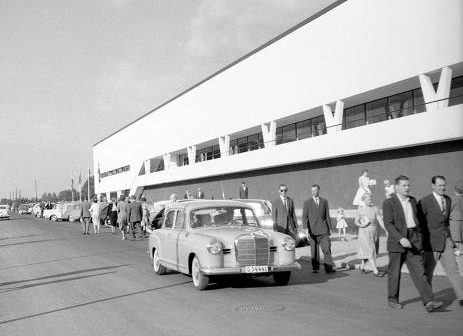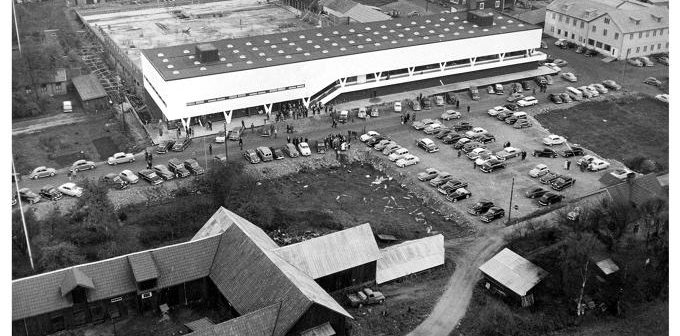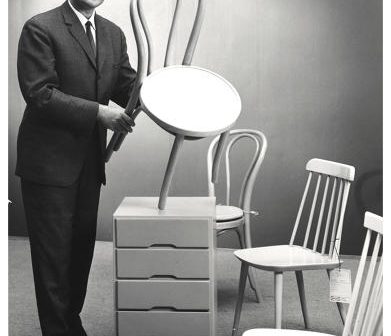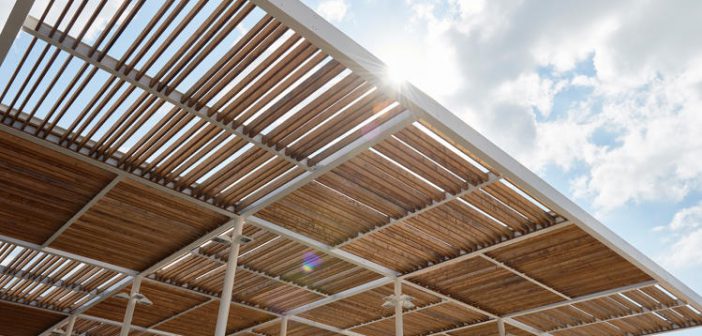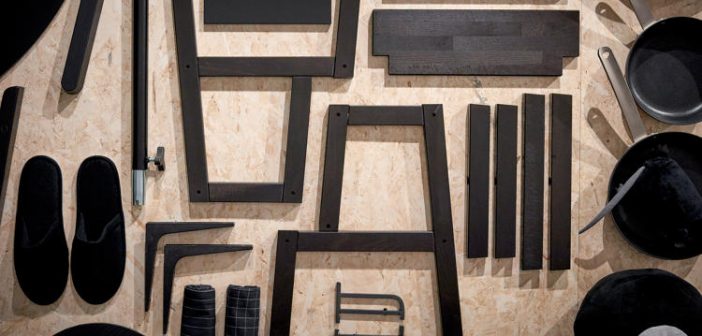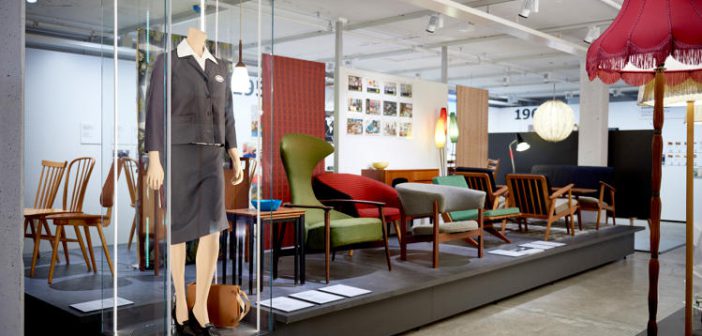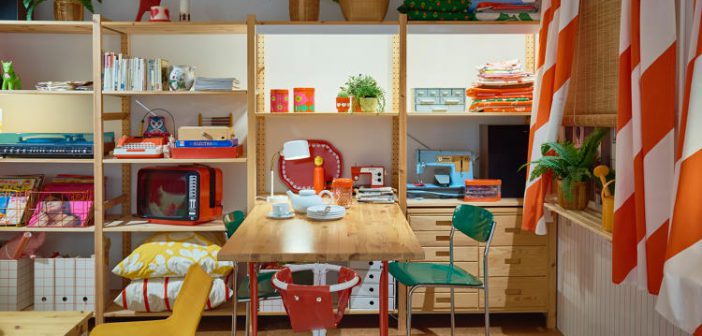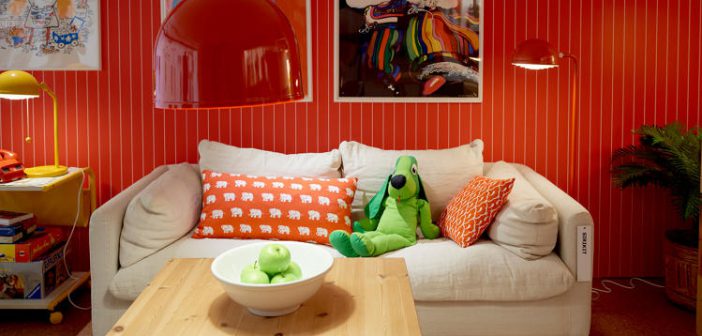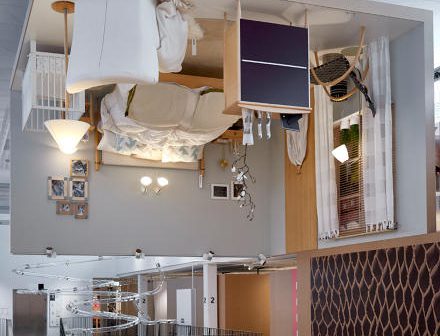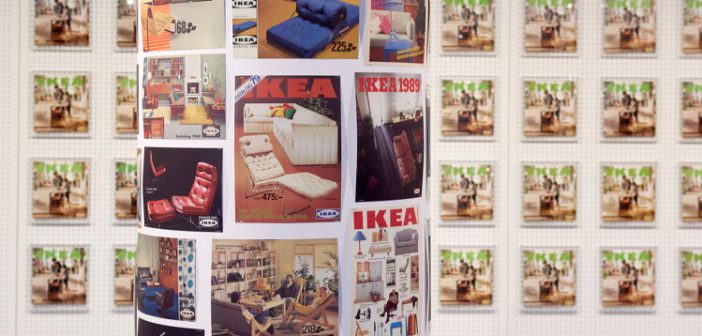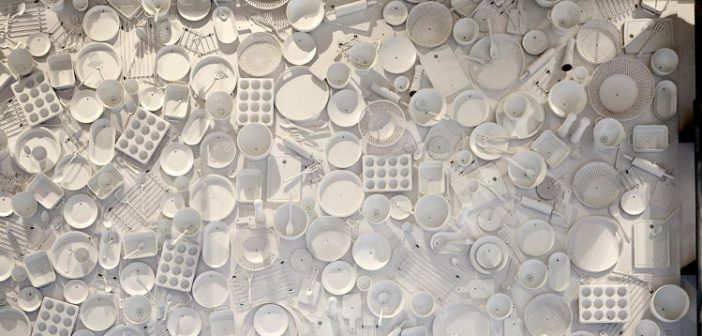An ode to seven decades of affordable Scandinavian design opens June 30 in southern Sweden.
In the decades since Ingvar Kamprad founded IKEA as a mail-order business in 1943, the Swedish company has become a household name in affordable furnishings and morphed into a complex, multi-billion-dollar global entity that’s a pop-culture icon, think tank, innovation engine, humanitarian organization, part restaurateur, and crafty tax dodger. Which goes a long way toward saying it’s a rich subject for a museum.
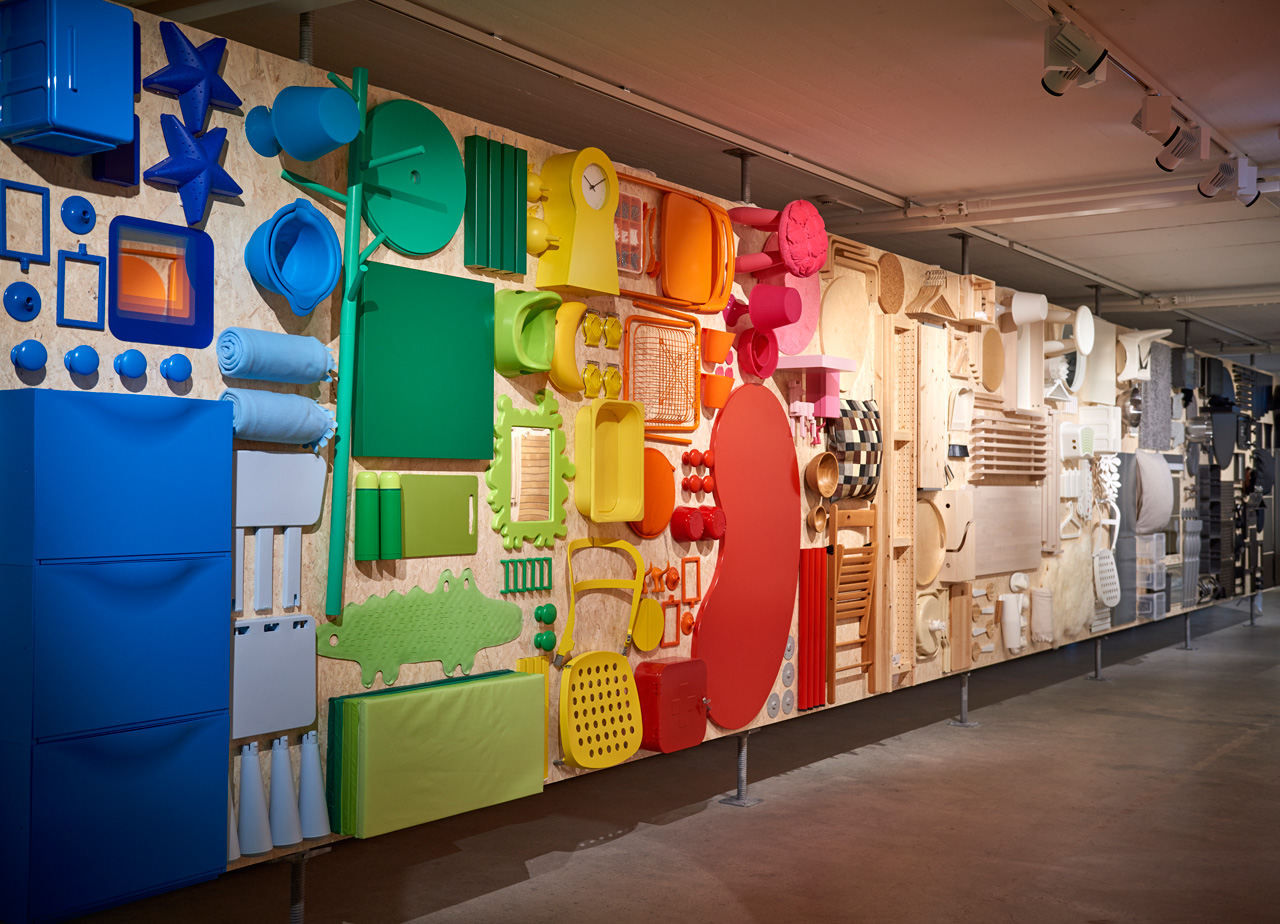
You won’t find anything too provocative at the IKEA Museum opening June 30 in Älmhult, IKEA’s southern Sweden hometown. But for IKEA fans, it’s a trove of artifacts and furniture tracing the company’s 73-year history and evolution.
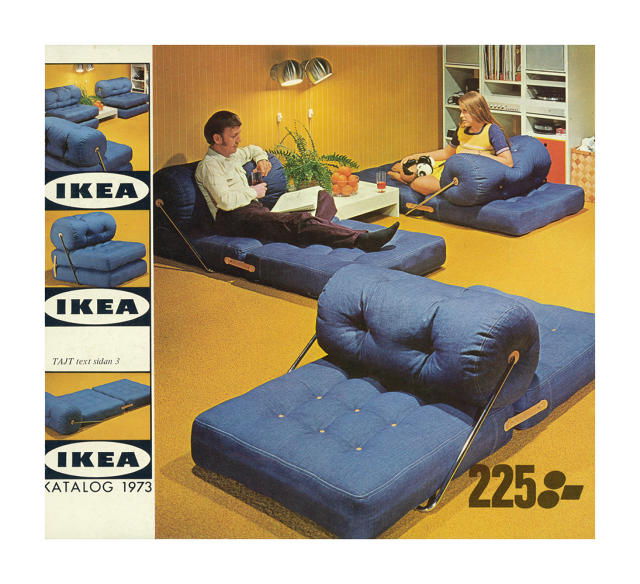
The museum is located in what was once IKEA’s first retail store, and it features many of the usual suspects. The Billy bookshelf and Klippan sofa—the two most-produced IKEA items ever—have dedicated installations. A series of “period rooms” brim with IKEA furniture and accessories from the archives (complete with decade-accurate computers, magazines, and ephemera). The curators strove for historical faithfulness—nothing was reproduced or reissued for the rooms—and put out a call for submissions to obtain certain pieces from customers that they didn’t have themselves. Even the humble meatball (which has had its fair share of controversy over the years) gets the gallery treatment. The most rabid fans can also snap a selfie in a set done up like the cover of an IKEA catalog.

In recent years, the company has made efforts to deepen its design credibility, bring more customers into the fold (the brand sees its 800 million customers in 2015 as just a drop in the bucket compared with the world’s population of 7 billion), and attempt to dispel the stereotype that the brand only sells cheap, mass-producible design. The museum gives IKEA a place to tell its story exactly the way it wants. But it omits some of the darker chapters of IKEA’s history (as far as I could tell on a recent tour of the space, which was still under construction): Kamprad’s alleged Nazi ties, the company’s logging practices, and more.
The museum is part of a larger push to turn Älmhult into a tourist destination. IKEA is also overhauling and expanding its hotel to accommodate more visitors. It’s unclear how many people will actually trek to a sleepy, remote town in Sweden for a crash course in IKEA design history, but those who do will get an eyeful of one of the most recognized—if perhaps least understood—modern brands. In the meantime, spy a few images in the slide show above.
All Photos: © Inter IKEA Systems B.V. 2016
This article first appeared in www.fastcodesign.com

